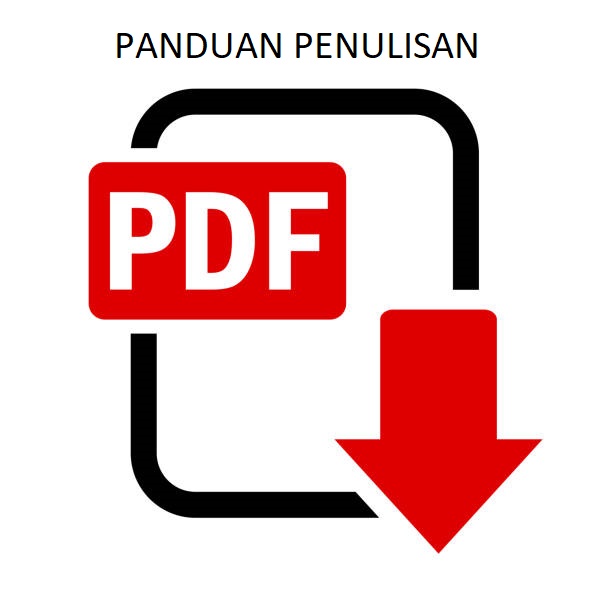Optimization of Patient Bed Component Design Using Modeling of Motion Mechanisms on Lifting Elements Electric Patient Bed Manufacturing Case As Per ISO 13485
DOI:
https://doi.org/10.35814/teknobiz.0yf01369Keywords:
Tempat Tidur Pasien Elektrik, ISO 13485, Pemodelan Mekanisme, Optimasi Desain, Aplikasi SimulasiAbstract
Electric hospital beds are essential medical devices used in healthcare facilities to enhance patient comfort and ease caregiving tasks for medical staff. One of the key components ensuring their functionality is the lifting mechanism, which allows adjustments to the bed’s position and height according to patient needs. The main challenge in developing this mechanism lies in designing a system that is safe, stable, efficient, and compliant with international standards such as ISO 13485:2016. This study aims to optimize the lifting mechanism through a motion modeling approach. The motion modeling process involves analyzing the kinematics and statics of the mechanism, deriving equations of motion, and identifying optimal design parameters. To support this, a software-based simulation application was developed to visualize motion and calculate critical parameters such as crank angles, link lengths, and aktuator forces. Testing was conducted to ensure the mechanism met safety and performance standards. This included load testing up to 250 kg and lifecycle simulations of up to 50,000 operation cycles. The results demonstrated that the optimized lifting mechanism design meets the required safety, efficiency, and reliability standards. This research contributes to the development of electric hospital beds with more precise, safe, and reliable lifting mechanisms that adhere to international standards
Downloads
References
[1] D. Bacchin et al., “Co-Design in Electrical Medical Beds with Caregivers,” Int J Environ Res Public Health, vol. 19, no. 23, Dec. 2022, doi: 10.3390/ijerph192316353.
[2] Iso, “Medical devices-Quality management systems-Requirements for regulatory purposes COPYRIGHT PROTECTED DOCUMENT,” 2016. [Online]. Available: www.iso.org
[3] J. Mayer et al., “Evaluating the Feasibility of Euler Angles for Bed-Based Patient Movement Monitoring,” Signals, vol. 4, no. 4, pp. 788–799, Dec. 2023, doi: 10.3390/signals4040043.
[4] Z. Jeli, “Analysis of a Four-Bar Linkage Mechanism in Its Classical and Compliant Form - A Comparison,” 2023, pp. 80–95. doi: 10.2991/978-94-6463-152-4_10.
[5] V. Noal Artmann, L. Meneghini, R. Simoni, and D. Martins, “Kinematic analysis and self-alignment of a backrest mechanism of a hospital bed,” in Mechanisms and Machine Science, Springer Science and Business Media B.V., 2021, pp. 77–84. doi: 10.1007/978-3-030-60372-4_9.
[6] “SYNTHESIS OF A HOSPITAL BED LIFTING AND TILTING MECHANISM USING ADVANCED SIMULATION TECHNIQUES Doru-Ioan BOBLEA, Mariana TROFIMESCU, Paun ANTONESCU.”
[7] I. Malujda, D. Wilczyński, K. Talaśka, D. Wojtkowiak, and M. Szulc, “Study of the prototype mechanism of height adjustment of the bed in hospital bed,” in MATEC Web of Conferences, EDP Sciences, Mar. 2018. doi: 10.1051/matecconf/201815702028.
[8] S. S. Shinde and N. Rajhans, “Cronicon Design and Development of Lateral Tilting Mechanical Bed to Reduce Pressure Ulcers,” 2020.
[9] J. Singh and P. Patel, “Methods for Medical Device Design, Regulatory Compliance and Risk Management,” Journal of Engineering Research and Reports, vol. 26, no. 7, pp. 373–389, Jul. 2024, doi: 10.9734/jerr/2024/v26i71216.
[10] BSN, “SNI Standar Nasional Indonesia Peralatan elektromedik - Bagian 2-52: Persyaratan khusus untuk keselamatan dasar dan kinerja esensial tempat tidur pasien,” SNI IEC 60601-2-52:2014.
[11] R. Mishra and T. K. Naskar, “Synthesis of coupler curve of a Four Bar Linkage with joint Clearances.” [Online]. Available: www.ijera.com
[12] T. A. Tutunji, M. Salah, A. Al-Jarrah, A. Ahmad, and R. Alhamdan, “Modeling and identification of a four-bar linkage mechanism driven by a geared DC motor,” International Review of Mechanical Engineering, vol. 9, no. 3, pp. 296–306, May 2015, doi: 10.15866/ireme.v9i3.6035.
[13] N. M. Jadhav and R. S. Shendge, “ISO 13485:2016-The Gateway of Global or Regional Harmonization for Medical Device Regulations,” Jan. 01, 2024, Dr. Yashwant Research Labs Pvt. Ltd. doi: 10.25258/ijpqa.15.1.76.
[14] “Crank mechanism kinematics-vector equations.” [Online]. Available: https://alistairstutorials.co.uk/tutorial15.html
[15] L. Son, K. E. Adipta, and M. Bur, “Analysis of the static behavior of a new landing gear model based on a four-bar linkage mechanism,” International Journal of Technology, vol. 10, no. 8, pp. 1609–1617, Dec. 2019, doi: 10.14716/ijtech.v10i8.3486.
[16] A. G. Alistair, "Four bar mechanisms - 1," Alistair's Engineering Tutorials, Dec. 2024. [Online]. Available:https://alistairstutorials.co.uk/tutorial30.html
[17] K.-H. Grote and E. K. Antonsson, Eds., Springer Handbook of Mechanical Engineering. Berlin, Germany: Springer, 2009, ISBN: 978-3-540-49131-6.
[18] R. C. Hibbeler, Engineering Mechanics - Statics, 12th ed. Upper Saddle River, NJ, USA: Pearson Prentice Hall, 2010.
[19] J. L. Meriam, L. G. Kraige “Engineering Mechanics Dynamics (7th Edition) – Wiley - 2020
[20] R. Echempati, . “INTRO DUC TIO N Dynamic Characteristics of a Four-Bar Linkage with a Composite Coupler,” 2004.
[21] B. S. . Ramírez, J. G. . Ramírez, and D. C. . Montgomery, Douglas Montgomery’s Introduction to statistical quality control : a JMP companion. SAS Institute Inc., 2018.
[22] S. S. Rattan, Theory of Machines, 4th ed. New Delhi, India: Tata McGraw-Hill, 2009, ISBN: 978-0-07-014477-4
[23] International Organization for Standardization (2007). Medical devices - Application of risk management to medical devices (ISO 14971)
Downloads
Published
Issue
Section
License
Copyright (c) 2025 Teknobiz : Jurnal Ilmiah Program Studi Magister Teknik Mesin

This work is licensed under a Creative Commons Attribution 4.0 International License.




















